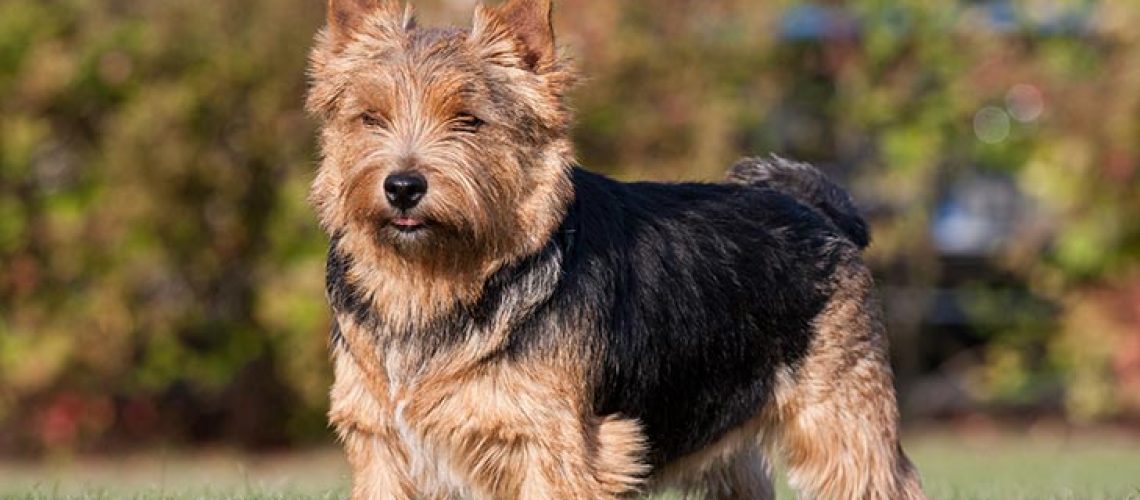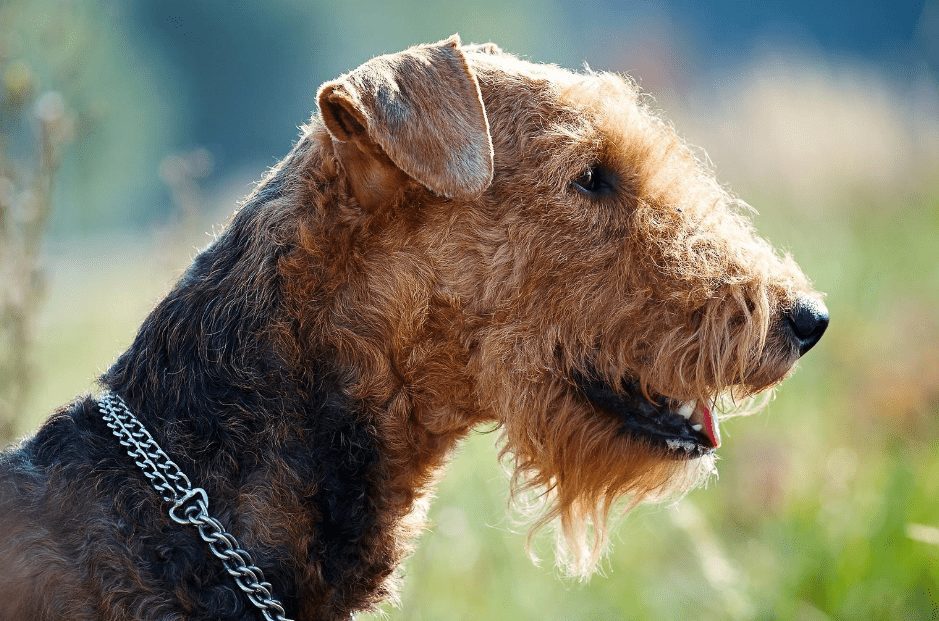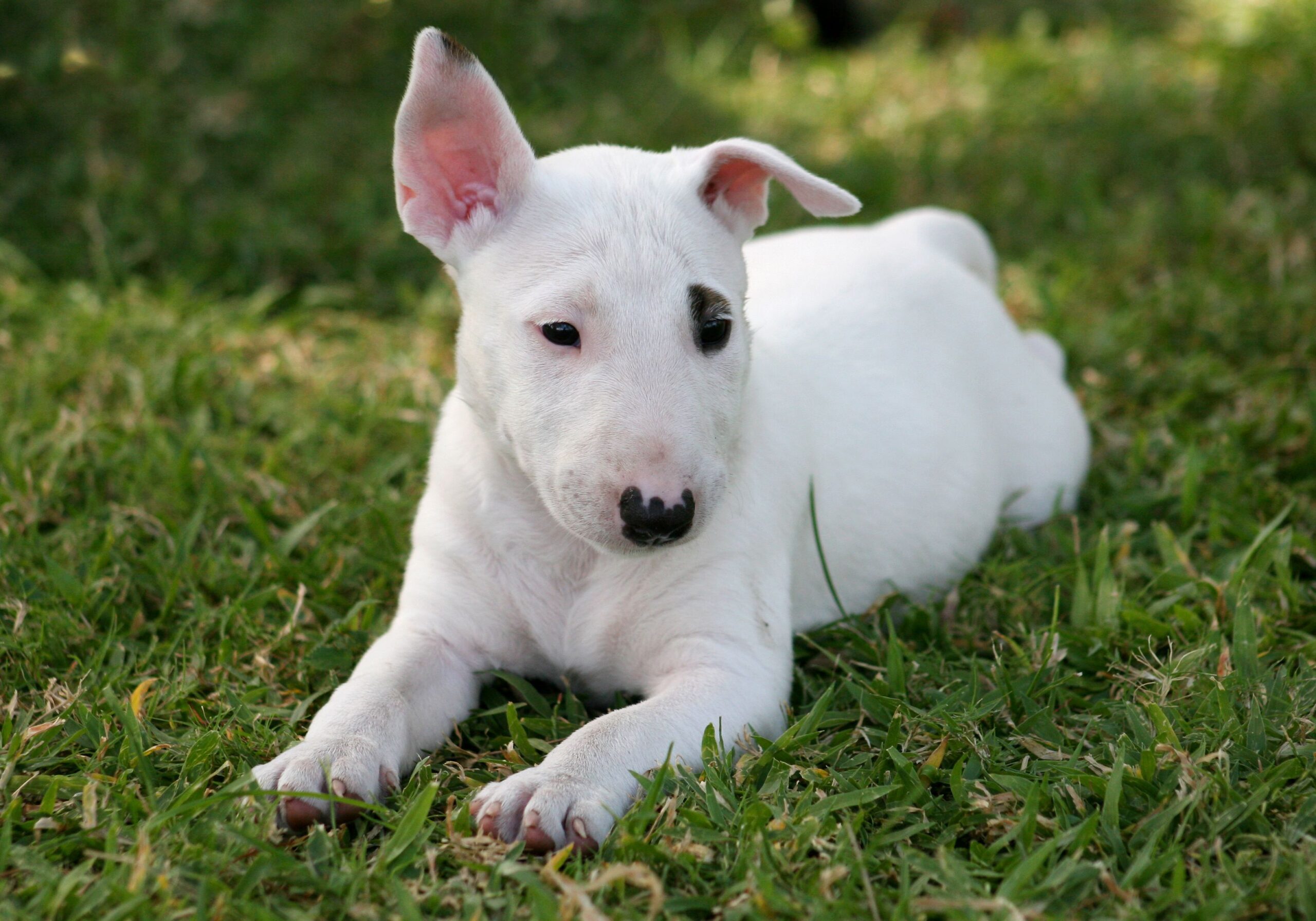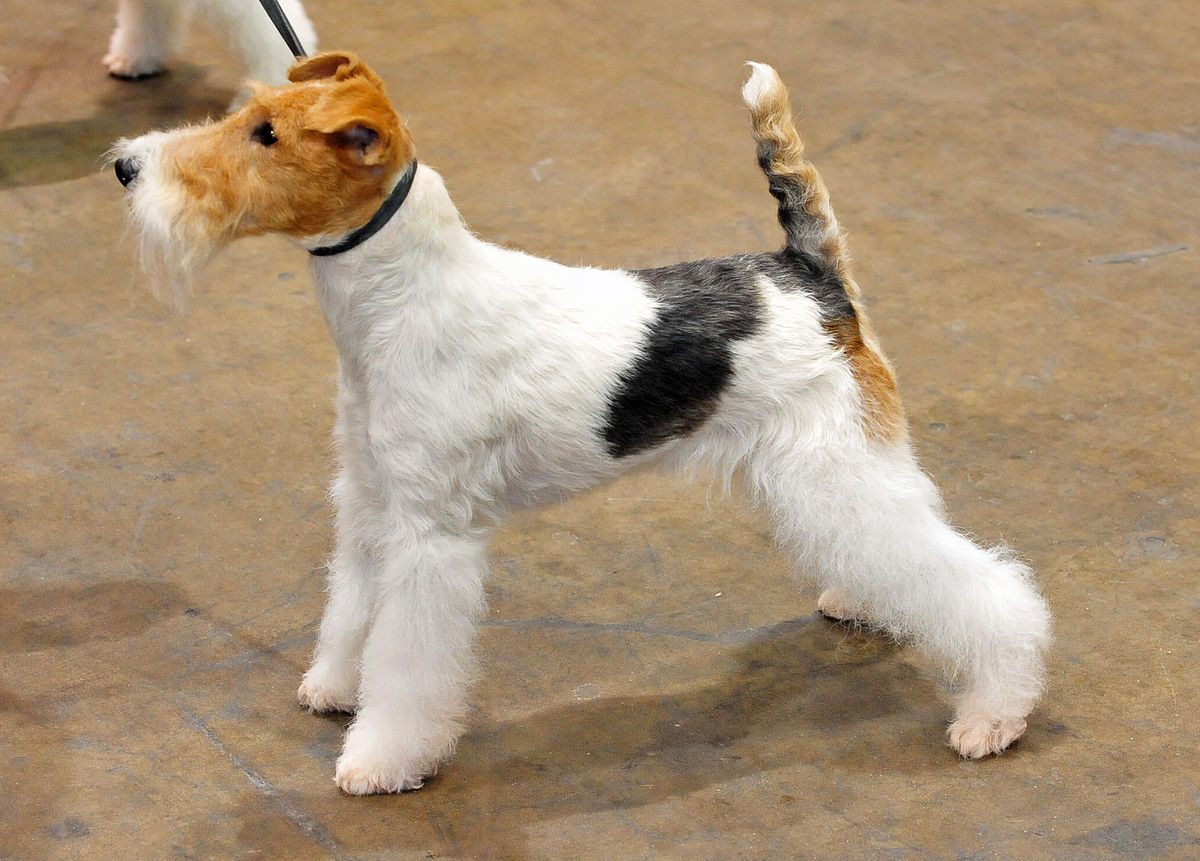Key Takeaways:
- Norwich Terriers are small, sturdy dogs known for their alert and friendly nature.
- They have a wiry, weather-resistant coat that requires regular grooming to prevent matting.
- These dogs are intelligent and eager to please, making them relatively easy to train.
- Norwich Terriers are social animals and thrive in homes where they receive plenty of attention and interaction.
- Regular exercise is important for Norwich Terriers to prevent boredom and maintain their overall health and well-being.
Are you a dog lover? Do you find yourself captivated by those adorable furry faces and wagging tails? If so, then you're in for a treat! Today, we're diving into the fascinating world of Norwich Terriers - a dog breed that is sure to steal your heart. Understanding the characteristics and care of this breed not only allows you to appreciate their unique qualities but also equips you with the knowledge to provide them with the best possible care. So, whether you're a current Norwich Terrier owner or simply intrigued by these pint-sized pups, get ready to uncover everything there is to know about this delightful breed. Prepare to be amazed by their intelligence, loyalty, and lovable nature as we embark on this journey together. Get ready to fall head over paws for Norwich Terriers!
What is a Norwich Terrier and what makes it unique?
A Norwich Terrier is a small breed of dog that originated in England. They are known for their compact size and adorable appearance, with a wiry coat and pointy ears. What sets them apart from other terriers is their expressive eyes and friendly nature.
One unique feature of the Norwich Terrier is its ability to adapt to different living situations. Whether you live in an apartment or a house with a yard, they can thrive in both environments as long as they get enough exercise. They are also known for their intelligence and loyalty, making them great companions for individuals or families.
Appearance
The Norwich Terrier has a sturdy build with a height of about 10 inches at the shoulder and weighing between 10-12 pounds. Their coat comes in various colors such as red, wheaten, black and tan, or grizzle. Their fur is wiry and requires regular grooming to keep it looking neat.
Personality
Norwich Terriers have a lively and outgoing personality. They are known for being affectionate towards their owners and getting along well with children and other pets when properly socialized. However, like any dog breed, individual personalities can vary, so it's important to spend time getting to know your Norwich Terrier's specific traits.
Size and weight of Norwich Terriers: How big do they get?
Norwich Terriers are considered small dogs, typically reaching a height of around 10 inches at the shoulder when fully grown. In terms of weight, they usually range between 10-12 pounds.
Despite their small size, Norwich Terriers have a strong build that allows them to be active and agile. This makes them great companions for outdoor activities such as walks, hikes, and even participating in dog sports like agility.
Growth and Development
Like most dog breeds, Norwich Terriers go through different stages of growth and development. As puppies, they are tiny and need extra care and attention. They will gradually grow in size over the first few months until they reach their adult height and weight.
It's important to provide them with a balanced diet and regular exercise during their growth phase to ensure proper development. This includes feeding them high-quality puppy food that meets their nutritional needs and engaging them in age-appropriate physical activities.
Norwich Terrier's temperament: Are they good with kids?
Yes, Norwich Terriers are generally good with kids when properly trained and socialized. They have a friendly nature and enjoy being part of a family. However, it's important to supervise interactions between young children and dogs to prevent any accidental rough play or mishaps.
Norwich Terriers are known for their affectionate nature towards their owners, including children. They can form strong bonds with kids and often become loyal protectors. It's essential to teach children how to interact gently with the dog by not pulling on their ears or tail, respecting their personal space, and not disturbing them while eating or sleeping.
Socialization
To ensure that your Norwich Terrier gets along well with kids, early socialization is crucial. Expose them to various environments, people of all ages, other animals, and different situations from a young age. This helps them develop positive associations with children and learn appropriate behaviors around them.
Additionally, teaching children how to approach dogs politely is equally important. Encourage them to ask for permission before petting the dog, approach slowly without sudden movements, and avoid actions that may scare or startle the dog.
Exercise needs for Norwich Terriers: How much and how often?
Norwich Terriers are energetic dogs that require regular exercise to keep them physically and mentally stimulated. Daily exercise is recommended to prevent boredom and potential behavioral issues.
As a general guideline, they should have at least 30 minutes to an hour of exercise every day. This can include walks, playtime in a securely fenced yard, interactive games, or even participating in dog sports like agility or obedience training.
Physical Exercise
- Take your Norwich Terrier on daily walks to provide mental stimulation and physical activity.
- Engage them in interactive games such as fetch or hide-and-seek to keep them entertained.
- Consider joining a local dog park where they can socialize with other dogs while getting exercise.
Mental Stimulation
- Provide puzzle toys or treat-dispensing toys that require problem-solving skills.
- Teach them new tricks or enroll them in obedience training classes to challenge their minds.
- Create an obstacle course in your backyard using everyday objects for them to navigate through.
Grooming requirements for Norwich Terriers: What do you need to know?
The wiry coat of Norwich Terriers requires regular grooming to keep it looking its best. While they don't shed excessively, their fur can become tangled and matted if not properly maintained. Here are some grooming tips:
Brushing
Brush your Norwich Terrier's coat at least once a week using a slicker brush or a comb with wide-spaced teeth. This helps remove any loose hairs and prevents matting. Pay special attention to areas like the ears, belly, and tail where tangles are more likely to occur.
Trimming
Regular trimming is necessary to maintain the desired shape of their coat. You can either learn how to trim your Norwich Terrier's fur yourself or take them to a professional groomer. Trimming includes shaping the fur around their face, ears, and body while leaving their characteristic bushy eyebrows intact.
Bathing
Bathe your Norwich Terrier as needed, usually every 4-6 weeks or when they get dirty. Use a mild dog shampoo that won't irritate their skin and thoroughly rinse off all the soap to prevent any residue from causing skin irritation.
Health concerns for Norwich Terriers: What should owners be aware of?
Norwich Terriers are generally healthy dogs, but like any breed, they may be prone to certain health conditions. It's important for owners to be aware of these potential issues and take proactive measures to keep their pets healthy:
Genetic Conditions
- Patellar Luxation: This condition involves the dislocation of the kneecap and can cause lameness or difficulty in walking.
- Heart Conditions: Some Norwich Terriers may develop heart diseases such as mitral valve disease or pulmonic stenosis.
- Allergies: They can be prone to allergies, including food allergies or environmental allergies that cause skin itching and discomfort.
Eye Problems
- Cataracts: Norwich Terriers may develop cataracts, which can affect their vision and potentially lead to blindness.
- Glaucoma: This condition involves increased pressure within the eye and can cause pain and vision loss if left untreated.
Dental Health
Norwich Terriers are prone to dental issues, including periodontal disease and tooth decay. Regular dental care, such as brushing their teeth and providing appropriate chew toys, can help maintain good oral health.
Tips for training Norwich Terriers: Housebreaking and basic obedience commands.
Training a Norwich Terrier requires consistency, patience, and positive reinforcement. Here are some tips to help you with housebreaking and teaching basic obedience commands:
Housebreaking
- Establish a routine by taking your Norwich Terrier outside to the designated potty area at regular intervals throughout the day.
- Praise and reward them with treats or verbal praise immediately after they eliminate in the appropriate spot.
- If accidents happen indoors, clean up the mess without scolding or punishing your dog. Instead, focus on preventing future accidents by supervising them closely or using a crate when necessary.
Obedience Training
- Start with basic commands such as sit, stay, come, and down. Use positive reinforcement techniques like treats or praise to reward your Norwich Terrier when they obey a command correctly.
- Keep training sessions short (about 10-15 minutes) to maintain their focus and prevent them from getting bored or overwhelmed.
- Be patient and consistent in your training efforts. Repeat commands consistently using the same verbal cues or hand signals.
In conclusion, the Norwich Terrier is a small and friendly dog breed that requires regular exercise, grooming, and socialization. With proper care and attention, these dogs can make great companions for families or individuals looking for a loyal and energetic pet.
Are Norwich Terriers high maintenance?
If you want to keep the Norwich Terrier's coat in the correct condition, it requires a lot of maintenance. This breed has a double coat that is resistant to weather, with a soft and fluffy undercoat and a harsh and wiry outer coat that lays flat. The outer coat grows to about two inches before it falls off.
What is the personality of a Norwich Terrier?
The Norwich Terrier is a dog breed that thrives on human companionship. With its friendly, loving, and loyal nature, it is a breed that is easy to adore. Additionally, the Norwich Terrier is intelligent and can be easily trained, especially when food rewards are used.
Is a Norwich Terrier a good family dog?
The Norwich Terrier is known for its affectionate, energetic, and loyal personality, which makes it a lovable and easy-to-love companion. It is a great choice for families as it is playful and enjoys activities throughout the day. On average, the Norwich Terrier has a lifespan of around 13 to 15 years.
Do Norwich Terriers like to cuddle?
The Norwich Terrier, a loving and inquisitive dog, gets its name from its place of origin in England. Despite its small size, standing at only 10 inches, the Norwich Terrier is an adorable and affectionate breed that showcases bravery and fearlessness when it comes to hunting pests such as rats.
What are the calmest terriers?
The Border Terrier is an exception to the typical demeanor of terrier breeds, as it is known for its calmness. While terriers are generally energetic and determined, the Border Terrier has a more relaxed energy while still maintaining the lively nature that terrier owners appreciate.
What is the lowest maintenance terrier?
Russell Terriers are an ideal choice for those seeking a low-maintenance pet, despite their high energy levels. They are quick to learn and adjust to new surroundings. With minimal grooming requirements and regular veterinary check-ups, Russell Terriers are relatively easy to care for as a breed.

















